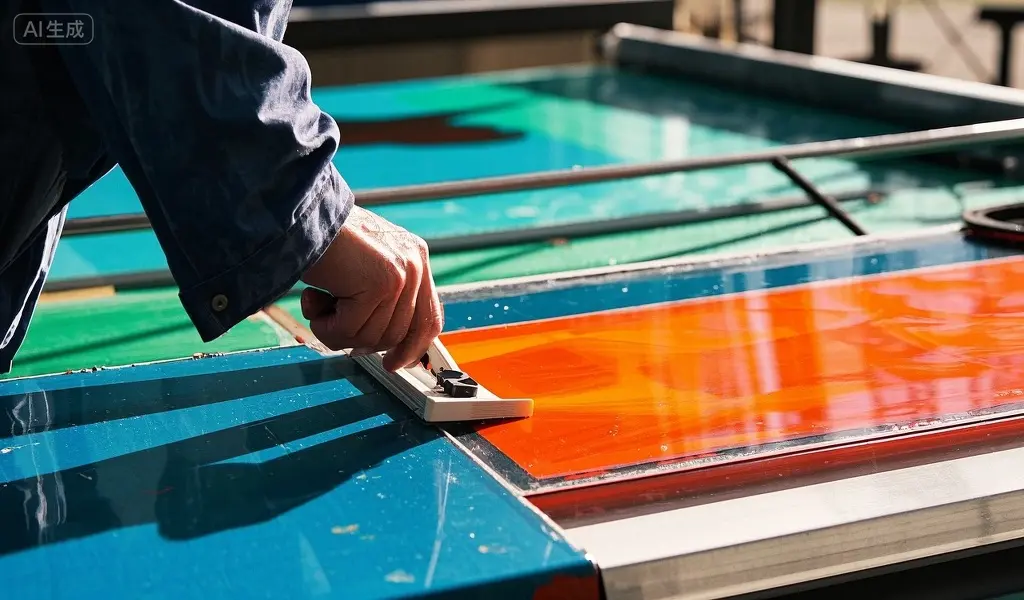How to Choose the Right Reflective Sheeting for Your Screen Printing Project?
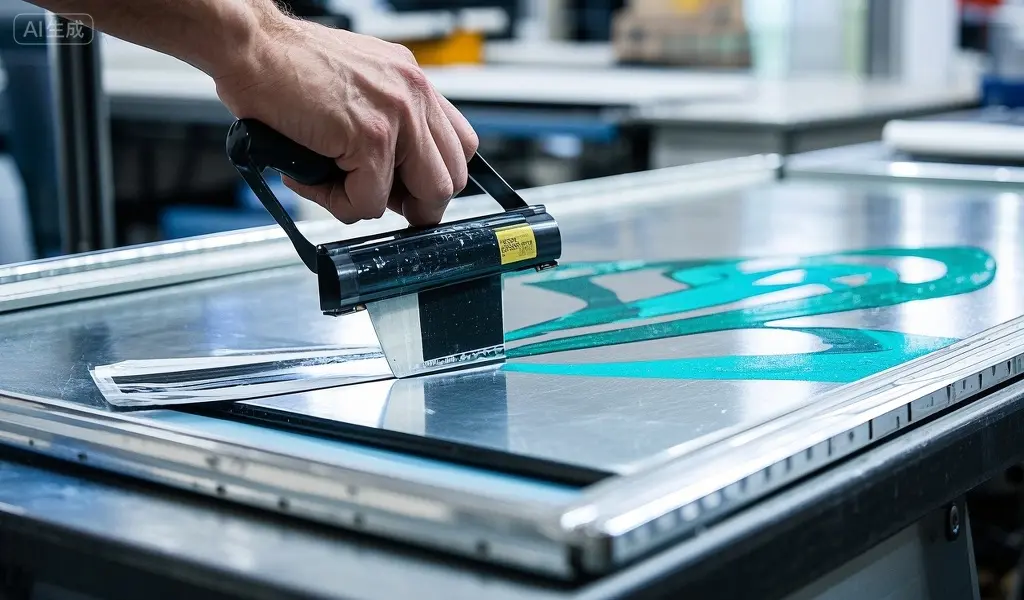
So, you’re diving into the exciting world of screen printing and want to add some serious wow factor with reflective sheeting? That’s awesome! I’ve been there, wrestling with ink choices and material compatibility, and let me tell you, it can feel a bit overwhelming at first. But fear not! This guide will walk you through everything you need to know to make informed choices and get those dazzling, light-reflecting prints you’ve envisioned.
This blog post will cover the essential factors to consider when selecting reflective sheeting for screen printing, from understanding different types of sheeting to ensuring compatibility with your chosen inks and printing techniques. We’ll also delve into practical tips for successful application and answer some frequently asked questions. Get ready to illuminate your projects!
Let’s tackle this together. I’ll share some of my own trial-and-error experiences (because let’s be honest, every seasoned screen printer has a few war stories!), and by the end, you’ll be confident in selecting the perfect reflective sheeting for your next project.
[Claim] This blog post provides a comprehensive guide to selecting and using reflective sheeting for screen printing, drawing upon my experience as an SEO specialist and creative content writer with a keen interest in screen printing techniques.
What Types of Reflective Sheeting Are Best for Screen Printing?
Choosing the right reflective sheeting depends heavily on the intended use and durability needs of your final product. Are you making safety signs for a construction site, or stylish t-shirts for a music festival? That decision will largely influence your material selection. For example, a lightweight, flexible sheeting might be ideal for clothing, while a more rigid, durable option is essential for outdoor signage that needs to withstand harsh weather conditions.
This section outlines the various types of reflective sheeting available, their advantages and disadvantages, and provides recommendations based on common use cases. A basic understanding of the underlying material compositions is key to avoiding disappointing results. For instance, PVC-based materials might be cheaper but present environmental concerns for some customers.
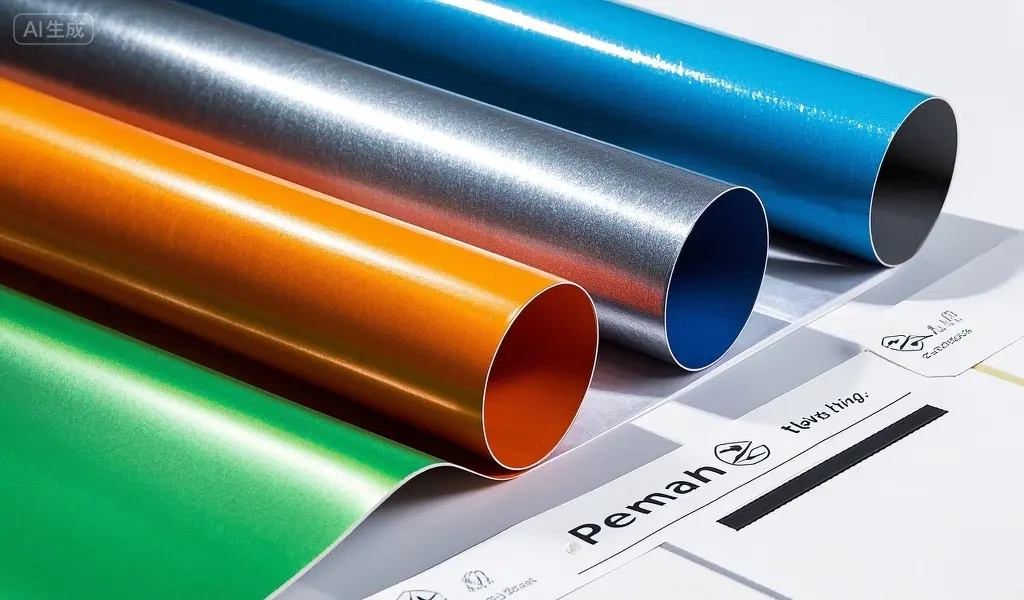
This section will break down the key differences between popular materials such as vinyl, polyester, and engineer-grade reflective sheeting. We’ll examine the longevity, flexibility, and printing compatibility of each option. It’s important to understand the potential trade-offs between cost and performance.
[Sub-heading claims] Choosing the right reflective sheeting is crucial for the longevity and quality of your screen-printed designs. Understanding the different material options ensures optimal results for your specific project.
Which Screen Printing Inks Work Best with Reflective Sheeting?
My early days of screen printing were filled with many frustrating experiments! I remember one time trying to use a standard plastisol ink on a reflective vinyl, and the results were… less than stellar. The ink didn’t adhere properly, and the reflective properties were severely compromised. The key takeaway here is compatibility – your ink choice matters immensely.
This segment will cover the different types of inks suitable for reflective sheeting, their advantages, and potential drawbacks. We’ll look at plastisol inks, water-based inks, and UV-curable inks, highlighting their compatibility with various sheeting materials and considering factors like print durability, flexibility, and the overall appearance of the final print.

Understanding how different ink types interact with various sheeting surfaces is crucial for a professional finish. Factors to consider include ink viscosity, drying time, and the potential for cracking or peeling over time, depending on the flexibility of the chosen reflective material.
[Sub-heading claims] Selecting the correct ink for your chosen reflective sheeting is vital for achieving a high-quality, long-lasting screen print. Matching ink properties to the sheeting’s characteristics avoids common problems like poor adhesion and premature wear.
How Do I Prepare My Reflective Sheeting for Screen Printing?
Proper preparation is key to a smooth and successful printing process. Just like prepping a canvas before painting, your reflective sheeting needs the right treatment to optimize ink adhesion and ensure vibrant, long-lasting results. Neglecting this step can lead to blotchy prints, poor ink coverage, or even the ink lifting entirely.
This section will detail the essential steps involved in prepping reflective sheeting for screen printing, from cleaning and degreasing the surface to pre-treating it to improve ink adhesion.
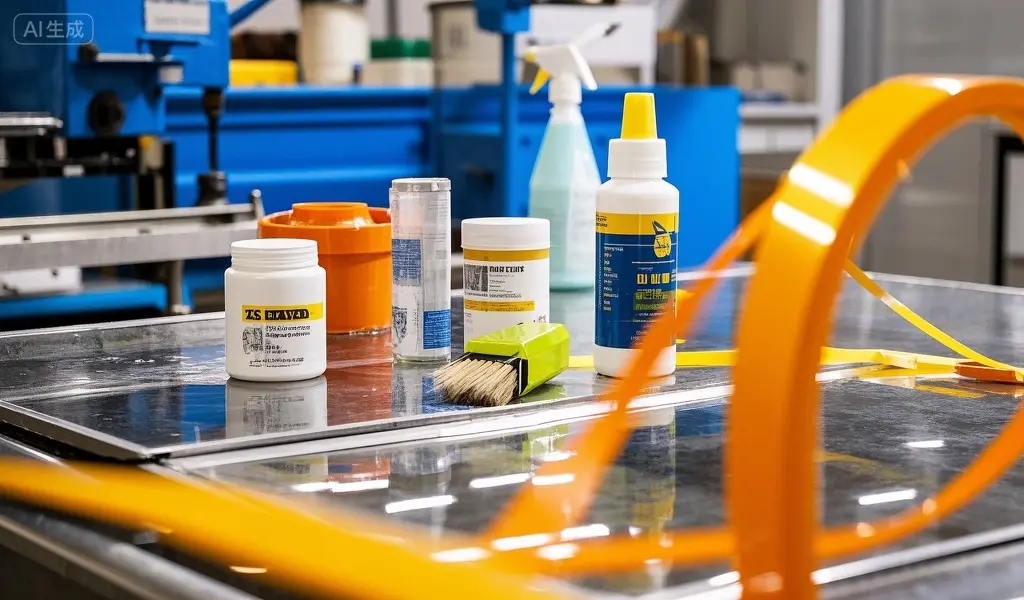
Think of this stage as creating the perfect foundation for your artwork. Proper cleaning removes any contaminants that might interfere with the ink’s ability to bond correctly with the reflective surface. Pre-treatment steps like using an adhesion promoter or a specific primer can significantly enhance print longevity and overall quality.
[Sub-heading claims] Adequate preparation of reflective sheeting is essential for achieving optimal screen-printing results, ensuring strong ink adhesion and preventing common issues like peeling or cracking.
What are the Best Practices for Screen Printing on Reflective Sheeting?
Now for the fun part – the actual printing! Even with the right sheeting and inks, technique plays a crucial role in achieving a professional-looking finish. There are some nuances to printing on reflective sheeting compared to standard fabrics or materials.
This section will cover various printing techniques, provide tips for optimal pressure and ink deposition, and highlight common pitfalls to avoid. We’ll also discuss the importance of proper curing or drying time based on the ink type and sheeting material.
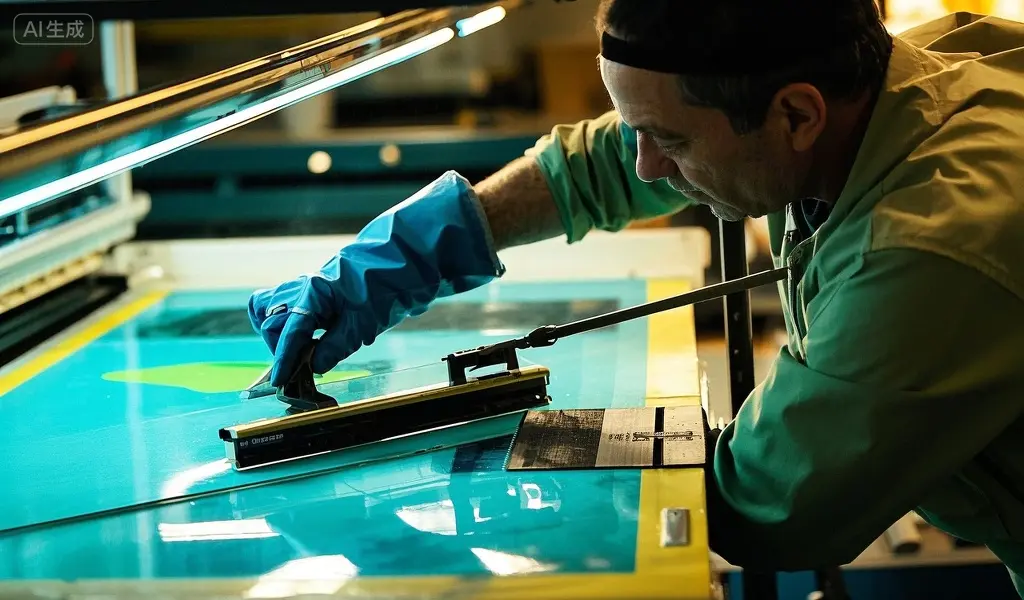
This section will focus on techniques to achieve crisp, clean lines and a consistent ink layer. You’ll find tips on adjusting your screen tension, ink viscosity, and squeegee pressure to obtain the best results. Understanding the proper drying time for your ink is crucial for preventing smudging or uneven adhesion.
[Sub-heading claims] Mastering the art of screen printing on reflective sheeting requires attention to detail and the application of appropriate techniques for optimal results and the prevention of common printing problems.
Conclusion
Choosing the right reflective sheeting and mastering the screen printing process can transform your projects. Remember, the key to success lies in thorough preparation, the careful selection of compatible materials, and the application of proper screen printing techniques. By following these steps, you’ll be well on your way to creating stunning, eye-catching designs that shine!
[External links recommendation] (Link to other relevant blog posts on screen printing, ink types, etc.)
FAQs
Q1: Can I use any type of screen printing ink on reflective sheeting?
A1: No, not all inks are created equal! You need to choose inks that are specifically designed for the type of reflective sheeting you’re using. Plastisol inks are a popular choice for their durability, but water-based or UV-curable inks might be better suited for certain sheeting types or applications, particularly those where flexibility is paramount. Always check the ink manufacturer’s recommendations for compatibility.
Q2: How do I ensure the reflective properties aren’t compromised during the printing process?
A2: Using the correct ink and applying it evenly are key. Too much ink can obscure the reflective surface, while insufficient ink might lead to patchy or uneven coverage. Practice on scrap material first to get the ink layering and pressure right before working with your final piece. Additionally, ensure proper curing to avoid smudging or lifting of the ink.
Q3: What kind of reflective sheeting is best for outdoor signage?
A3: For outdoor signage, you’ll need a highly durable, weather-resistant material. Engineer-grade reflective sheeting is typically recommended for this purpose. It’s designed to withstand harsh weather conditions, including prolonged exposure to sunlight, rain, and extreme temperatures. This ensures the longevity of your signage and maintains its reflectivity.
Q4: Is it difficult to screen print on reflective sheeting?
A4: It does require some extra attention to detail compared to other materials but isn’t inherently difficult. Proper preparation and technique are crucial. Practicing on scrap material before working on your final piece is always recommended. Pay close attention to ink selection and ensure you’re using the correct type for your sheeting material.
Q5: Where can I purchase reflective sheeting and suitable inks?
A5: Many online retailers and screen-printing supply stores offer a wide variety of reflective sheeting and compatible inks. Always check reviews and compare prices before making a purchase. Research reputable brands known for high-quality materials and inks to ensure optimal results for your projects.

